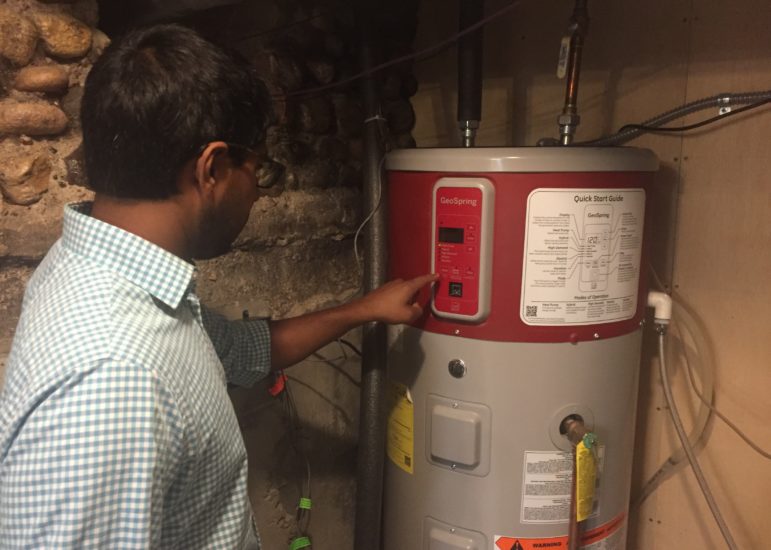
Advancing the next level of energy savings is a big priority for Fresh Energy and central to reducing waste and encouraging innovative and cost-effective efficiency programs. Since the creation of the Energy Efficiency Resource Standard (EERS) and the state’s Conservation Improvement Program (CIP) in 2007, Minnesota utilities have steadily increased both their investments and achievements in energy savings. Utilities’ conservation programs now deliver over $4 in benefits for every $1 spent and remain the lowest cost resource available to utilities.
However, as tougher appliance standards and updated building energy codes go into effect—and as the electric grid continues to add historic amounts of clean energy—discussions about how to maintain and improve upon utilities’ successes are emerging. One discussion Fresh Energy has been focusing on is whether Minnesota should adopt policy guidance allowing “efficient fuel-switching” within the state’s Conservation Improvement Program. Let’s dig in…
First, what is fuel-switching?
Fuel-switching describes the replacement of an end-use customer-facing technology (such as a home’s natural gas heating system) with one that consumes a different fuel (such as an all-electric air-source heat pump). Fuel-switching is not new; however, with the influx of renewable energy on the grid and advances in modern technologies, switching to an all-electric energy system is becoming a big deal within utility circles. Utilities and public-interest advocates alike, including Fresh Energy, are increasingly excited about the opportunity to allow utility rebates and incentives to encourage moving fossil-fuel technologies, including the carbon-intensive transportation and building heating and cooling sectors, into the carbon-free electric fray.
What is efficient fuel-switching?
Efficient fuel-switching (sometimes called strategic fuel-switching) is an important step in scaling up efforts to dramatically cut carbon emissions. Efficient fuel-switching describes fuel-switching that advances Minnesota’s public policy objectives—in this case it must save the participating customer money, reduce total system wide energy consumption, and lower total greenhouse gas emissions when comparing the two technologies over their lifetime.
Complemented by modern technology advancements such as reduced costs and improved efficiencies, efficient fuel-switching is a simple yet innovative approach that has the potential to reshape and restructure how we think about energy savings. Rather than tracking reductions of kilowatt hours of electricity or natural gas therms, efficient fuel-switching allows us to think about how we save the most energy on a fuel-neutral basis.
How does efficient fuel-switching interact with Minnesota’s Conservation Improvement Program (CIP)?
The Conservation Improvement Program (CIP) is Minnesota’s statewide policy mechanism to promote and encourage electric and natural gas energy savings through utility-funded conservation programs. CIP has consistently been called Minnesota’s most successful energy policy since its inception, saving Minnesota energy consumers over $3.5 billion dollars just since 2007.
CIP doesn’t currently allow efficient fuel-switching except in limited circumstances for low-income customers moving from delivered fuels such as propane or fuel-oil. That means no utility can offer a customer an incentive or rebate to switch from a gas to electric technology, and that the utility can’t claim the energy savings towards their energy efficiency goals.
However, the Department of Commerce has recently agreed to revisit its policy guidance on fuel-switching and has convened a wide variety of interested stakeholders to weigh in on how existing state policy permits, or prohibits, fuel-switching within the Conservation Improvement Program.
What’s Fresh Energy’s role?
In the coming months, we will be engaging in the Department of Commerce’s stakeholder process and looking for opportunities to drive even more cost-effective energy savings. With appropriate safeguards, we believe efficient fuel-switching allowed within CIP holds a significant near-term opportunity to increase system wide energy savings while reducing costs and decreasing carbon emissions while opening up a new source of innovative energy efficiency programming.
Stay tuned for more details on this process throughout 2019.

